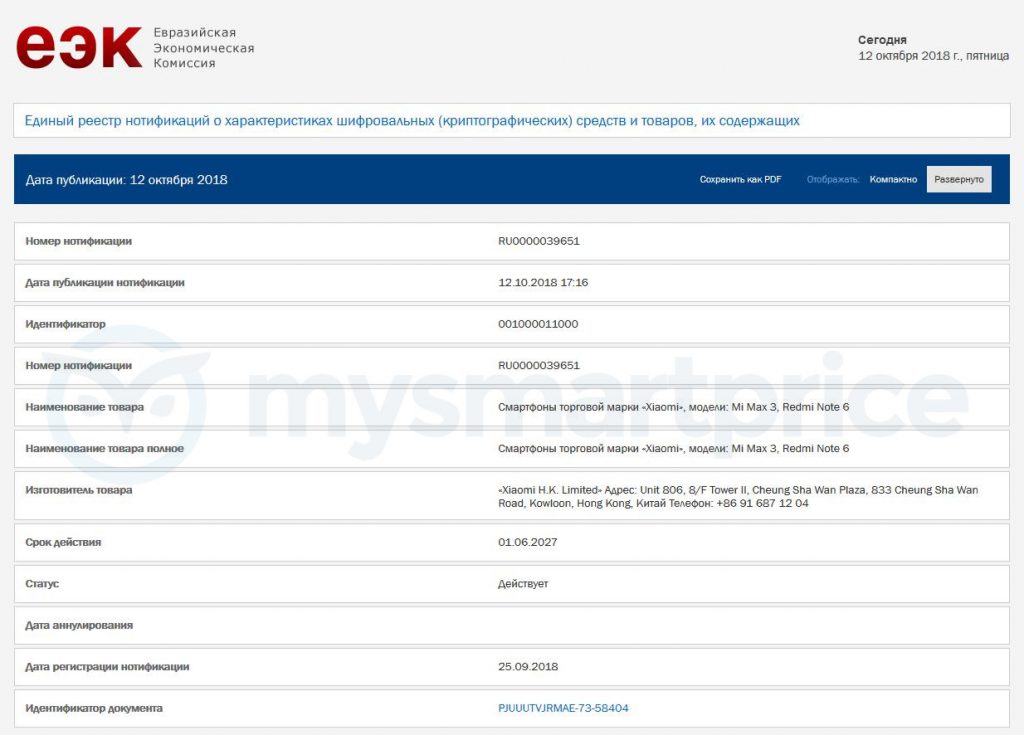Anki, known for its lineup of Overdrive iPhone-controlled cars and the Cozmo robot, today announced the official launch of its newest product, the Vector home robot.
Vector first debuted on Kickstarter back in August, where it earned nearly $2 million in funding.
Unlike Cozmo, Anki's first robot, Vector is not a toy and is instead meant to be a robot companion. Vector is autonomous, cloud-connected, always on, and ready to help you get through the day.
Vector can do things that Alexa and Siri can do, like providing the weather, setting the time, providing word definitions, solving equations, answering pop culture questions, and more. Vector is activated with a "Hey Vector" command.
Vector can also take a photo of you and offer up a game of blackjack. In the future, Anki also plans to add Alexa support to allow Vector to do more. Other future capabilities include smart home control, notifications, music recognition, security camera functionality, news information, messages, and more.
Anki's robot is designed to interact with you using eye contact and voice commands, and Anki has given him a personality so that he's fun to interact with.
Vector is equipped with an HD camera that lets him see the world around him, navigate spaces, recognize people, and take images. There's also a four-microphone array so that he can hear commands, and there are built-in touch sensors and an accelerometer allowing him to feel touch.
Vector also has a high-powered processor that allows him to answer queries and process the environment around him, and he has his own unique voice and language made up of hundreds of synthesized sounds.
A charging dock is included, and Vector is smart enough to return to his charger when he is low on battery. Vector requires a compatible iOS or Android device and a 2.4GHz WiFi connection to function. Vector ships with the aforementioned charger plus an interactive cube, and an optional base is available for $30.
Vector can be purchased from the Anki website or from Amazon.com for $249.99.
Note: MacRumors is an affiliate partner with Amazon and may earn commissions on purchases made through links in this article.
Tag: Anki
Discuss this article in our forums
from MacRumors: Mac News and Rumors - All Stories https://ift.tt/2PwBncX
